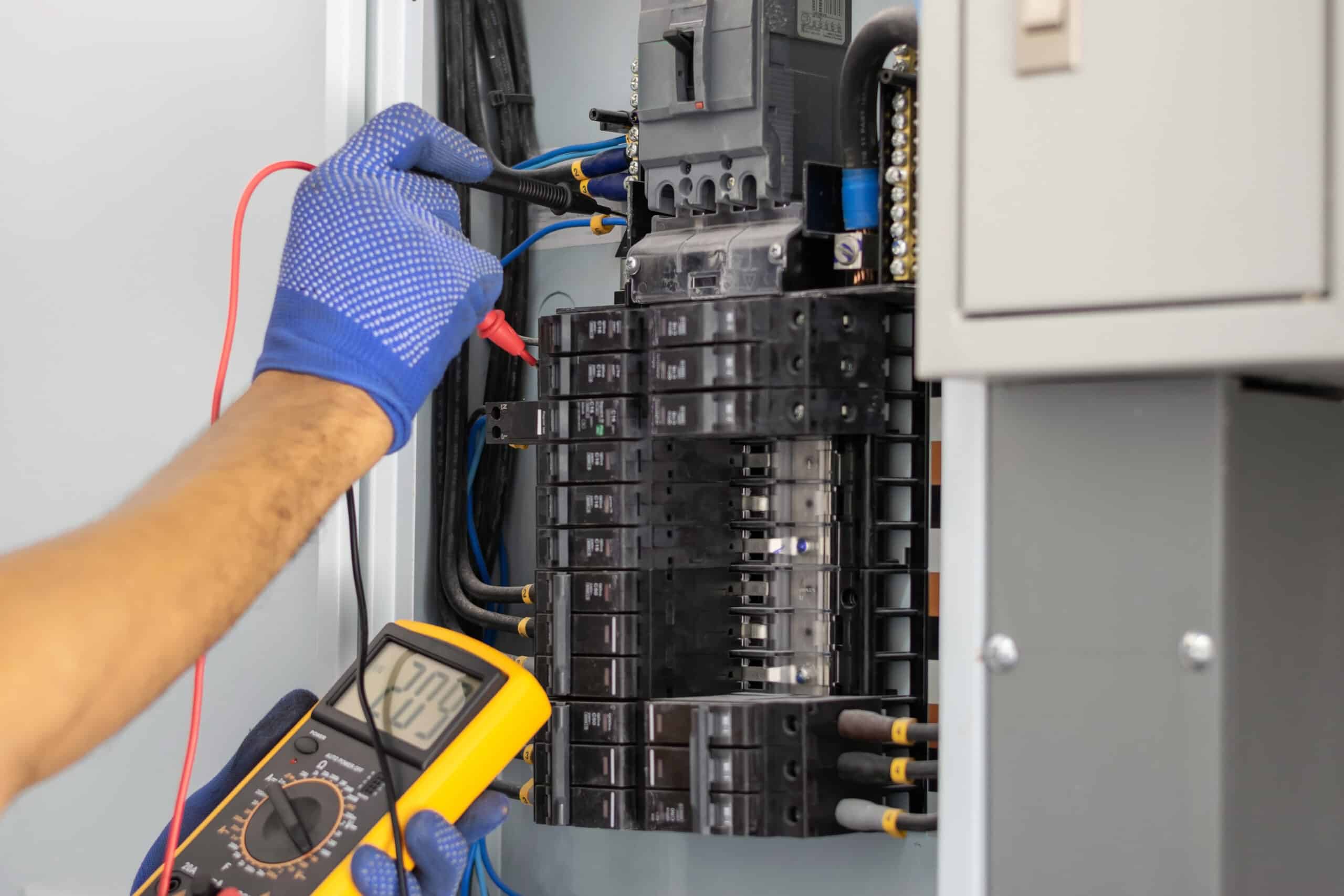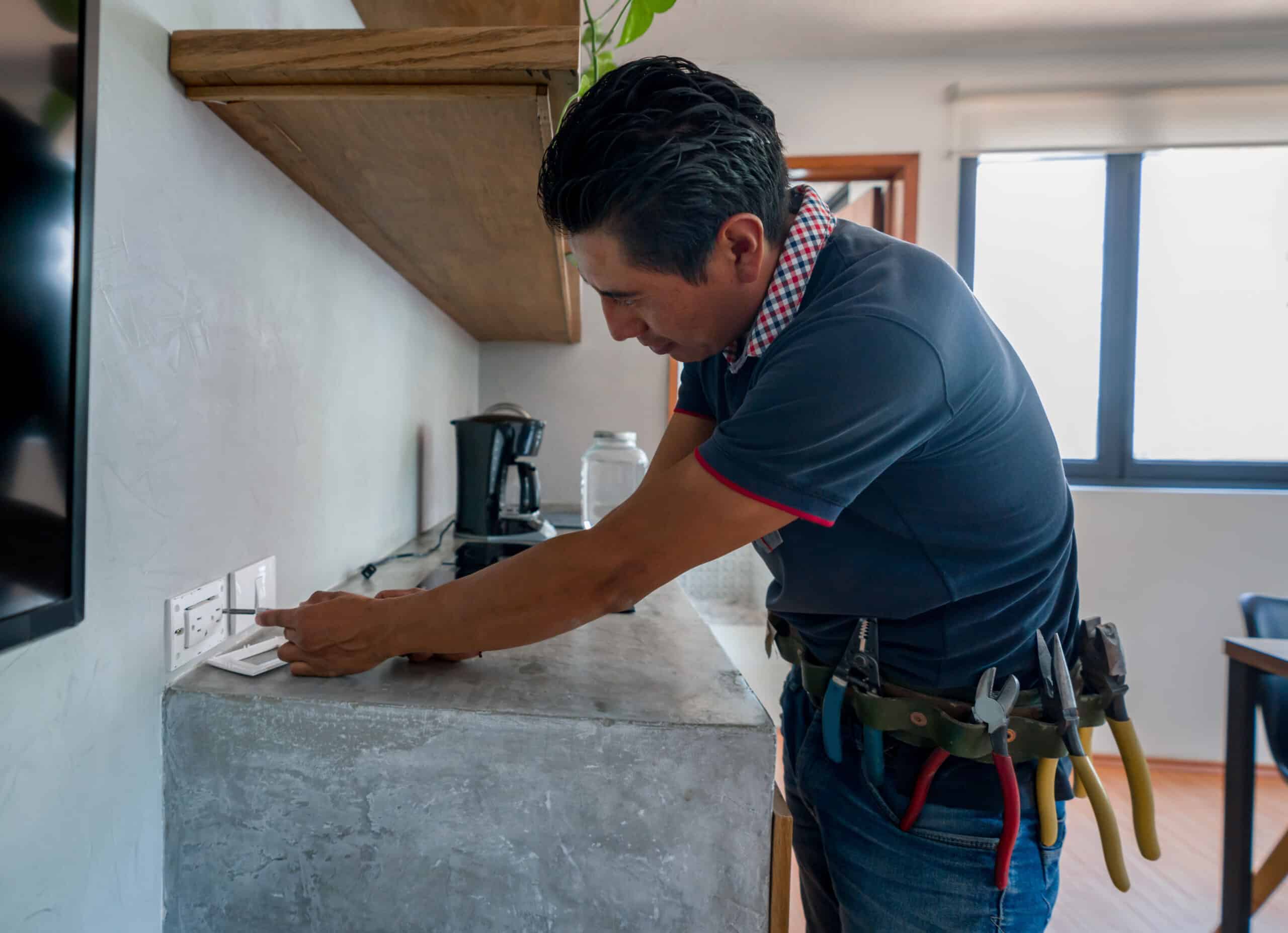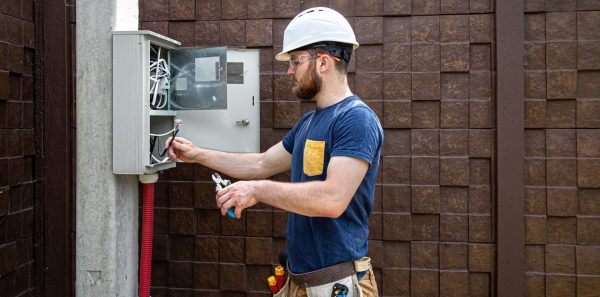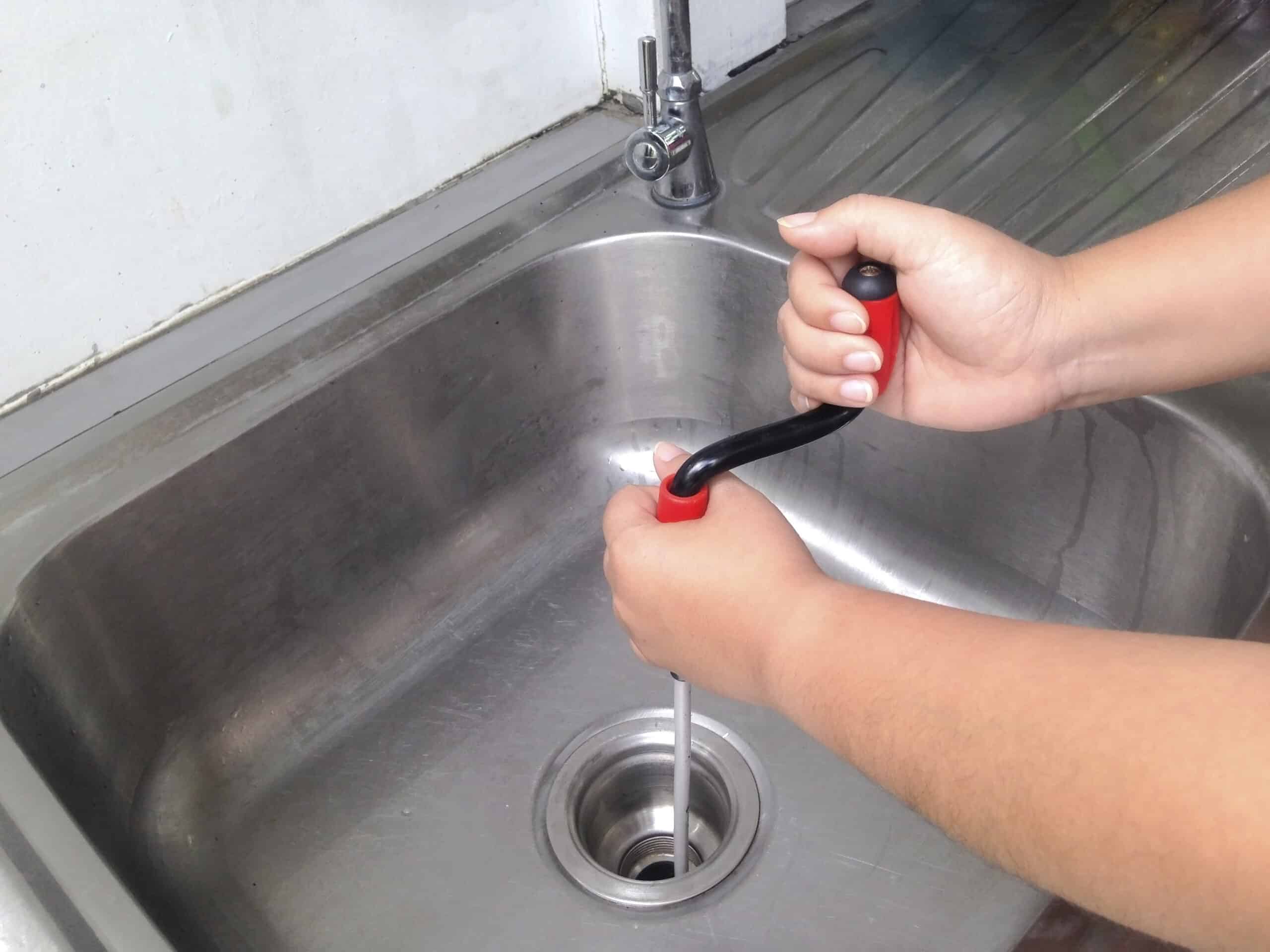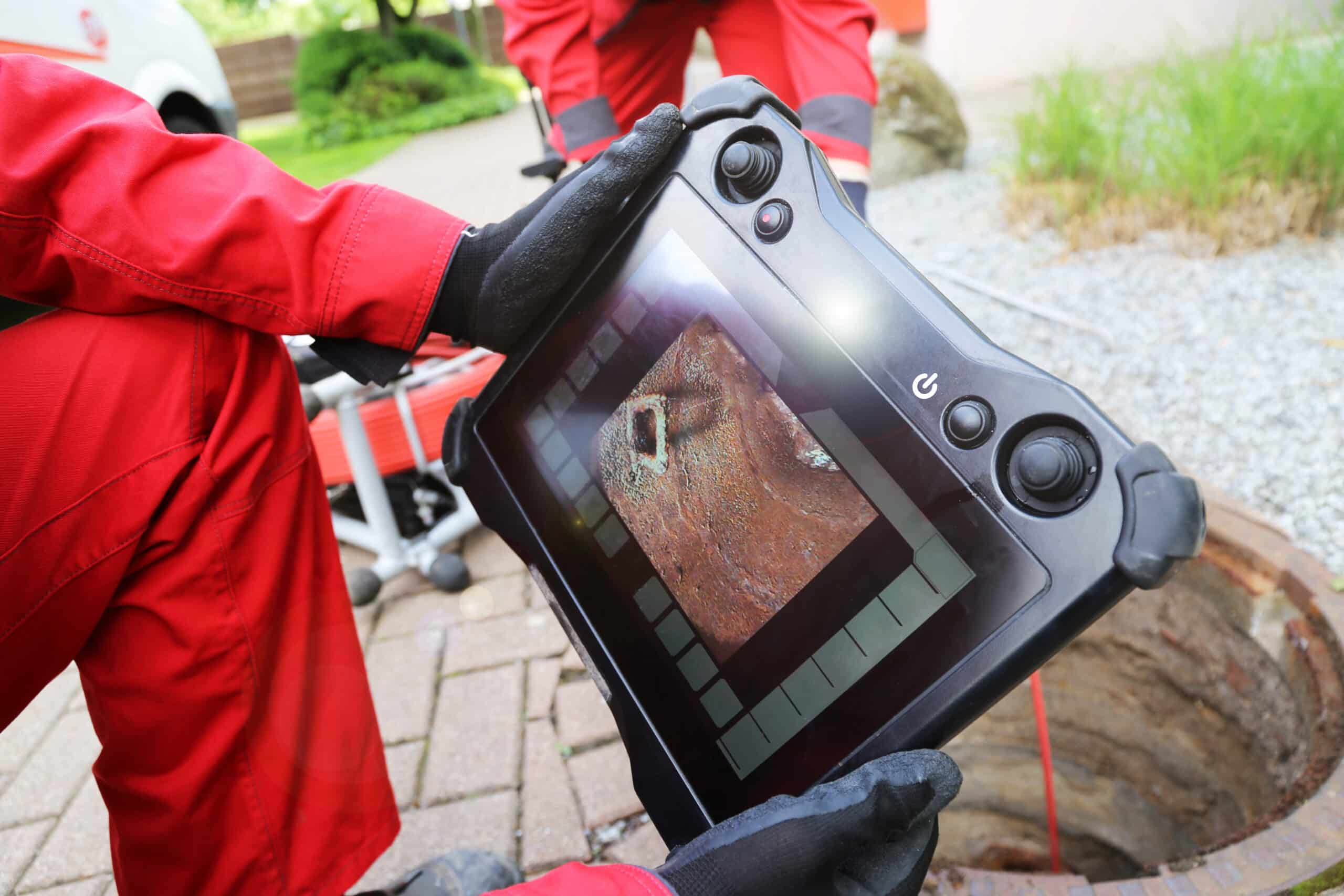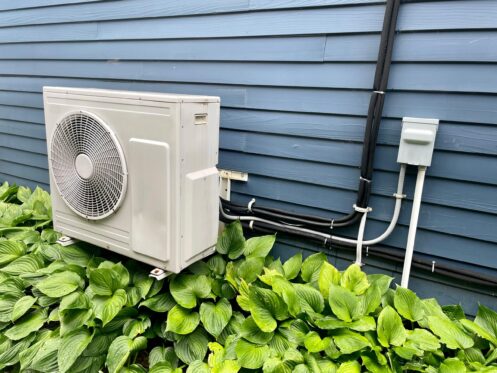Having circuit breakers frequently interrupt power in your home can be extremely disruptive and frustrating for homeowners. Repeated tripping of breakers indicates underlying problems in your electrical system that require the attention of a qualified, licensed electrician. Here, we’ll explore the top reasons residential circuit breakers trip repeatedly and when it’s time to call for professional repairs.
Overcurrent Faults
Exceeding the Amperage Limit
One of the most prevalent causes of nuisance breaker tripping is overloading the circuit. Every circuit in your home’s electrical system is designed for a specified maximum amperage capacity. Plugging in too many high-wattage appliances on one circuit can result in a cumulative amp draw that exceeds this limit, causing the breaker to trip. High-demand devices, like space heaters, window AC units, microwaves, etc., should be given dedicated circuits to avoid overloads.Too Many Things Plugged In
Even if the total amperage of all devices on a circuit doesn’t exceed the cap, having too many outlets and things plugged in can also lead to tripping. The more loads connected on one circuit, the more likely it is to trip occasionally, especially when multiple appliances turn on concurrently. Try distributing devices over different circuits to balance the electrical load.Faulty Device or Appliance
An aging appliance or device with degraded components can start drawing extra current, leading to repeated breaker tripping even when nothing else is running. If you notice the breaker trips every time you turn on a particular appliance, it likely has an internal fault. Unplug the suspect device and see if the tripping continues.Loose Electrical Connections
Loose wiring anywhere along a circuit creates increased resistance, resulting in localized heating as current passes through. This buildup of heat will eventually trip the thermal breaker to prevent a potential fire risk. Common loose connection points include:Outlets and Switches
Frequent plugging and unplugging can loosen outlet contacts over time. Loose switch terminals can also cause nuisance tripping. Any outlet or switch that feels warm during use may have a loose wire connection.Breaker Panel
The main breaker panel may have loose connections between circuit wire terminations and the breakers themselves. Arcing from slightly loose connections causes the breaker to heat up and trip.Junction Boxes
Any wire splice or junction box hidden in walls can come loose over time due to vibration, moisture, corrosion, etc. Loose connections here can cause localized overheating and tripping.Defective Circuit Breaker
The circuit breaker itself may be faulty and tripping prematurely. Old thermal-magnetic breakers have a small bimetal piece that bends when it’s overheated and then physically trips the switch. This metal piece may fatigue over time, tripping at lower amp loads. A defective breaker that trips randomly needs to be replaced.Ground Faults
Ground faults occur when electrical current strays from the hot wire and leaks to the ground rather than returning safely along the neutral wire back to the panel. This imbalance instantly trips the circuit. The causes of this include:Appliance Internal Fault
If an internal appliance wire rubs through its insulation and touches the metal chassis, the current will leak to the ground rather than return properly through the neutral wire. Arc-fault breakers help prevent such hazards.Moisture
Exposed wires in damp areas allow current to leak through the water to the ground, which poses a serious shock hazard and trips the breaker. Any outdoor outlets or those in bathrooms, kitchens, or basements prone to moisture must have outlets with ground-fault circuit interrupter (GFCI) protection.Damaged Wiring
Exposed hot or neutral wires touching grounded metal boxes or conduit can leak current to the ground system. Old wires with damaged insulation stapled tightly to joists may also allow leakage.Short Circuits
Short circuits occur when hot wires make direct contact with neutral/ground conductors, creating a near zero-resistance path and instantly tripping the breaker. Potential causes include:Rodent Damage
Rodents gnawing on wires is more common than you’d think! Their sharp teeth easily damage insulation, allowing conductors to come in contact with each other.Nails Through Wires
Careless nailing/drilling into walls risks driving fasteners directly through existing wiring. Even minor insulation damage can cause shorts.Damaged Cords
Fraying or cracked power cord insulation can expose conductors to contact internally, shorting the circuit. Faulty appliances may also short-circuit internally.Overheated Wires
Sustained overloads and loose connections can overheat wires to the point of melting insulation. Exposed conductors touching will immediately trip the breaker.Arc Faults
Arc faults occur when electricity arcs/sparks between nearby wires that are/were not actually touching. The vaporized air momentarily conducts, tripping the breaker. Causes include:Damaged Insulation
Brittle, cracked wire insulation from age/heat enables arcs between closely bundled wires. Internal shorts in appliance cords also cause intermittent arcing.Corroded Connections
Corroded electrical terminals, either in junction boxes or appliances, create small gaps where arcing occurs, slowly eroding contacts.Loose Wiring
Vibration can cause poorly secured wires to move closer together, thereby enabling arcing between conductors.Inadequate Wiring
In older homes, outdated wiring that has never been upgraded may simply be too small a gauge to handle high-wattage appliances. Sustained loads cause overheating of wires and breakers due to high resistance. Rewiring may be needed to support added electrical demand.When to Call an Electrician
Here are some clear indicators that it’s time to call a pro:- Breaker trips repeatedly with no obvious cause
- Burning smell from the breaker panel
- Noticeable dimming/flickering lights
- Tingling feeling when touching appliances
- Unusual warmth around outlets/switches
- Discolored/scorched outlets
Why You Should Choose Eck Services for Your Electrical Needs
For many years, Eck Services has delivered prompt, high-quality electrical services to homeowners throughout the area. Our team of fully licensed electricians undergoes continual training to stay current with the latest safety codes and technology. We utilize advanced diagnostic tools to precisely identify electrical problems and implement the best possible repairs to keep your home running safely for years to come. In addition to circuit-breaker repair, we handle a full range of residential and commercial electrical needs, including:- Lighting installation and upgrades
- Whole house rewiring and panel upgrades
- Ceiling fan installation
- Security and outdoor lighting
- EV charger installation
- Appliance installation and troubleshooting
- Generator installation


